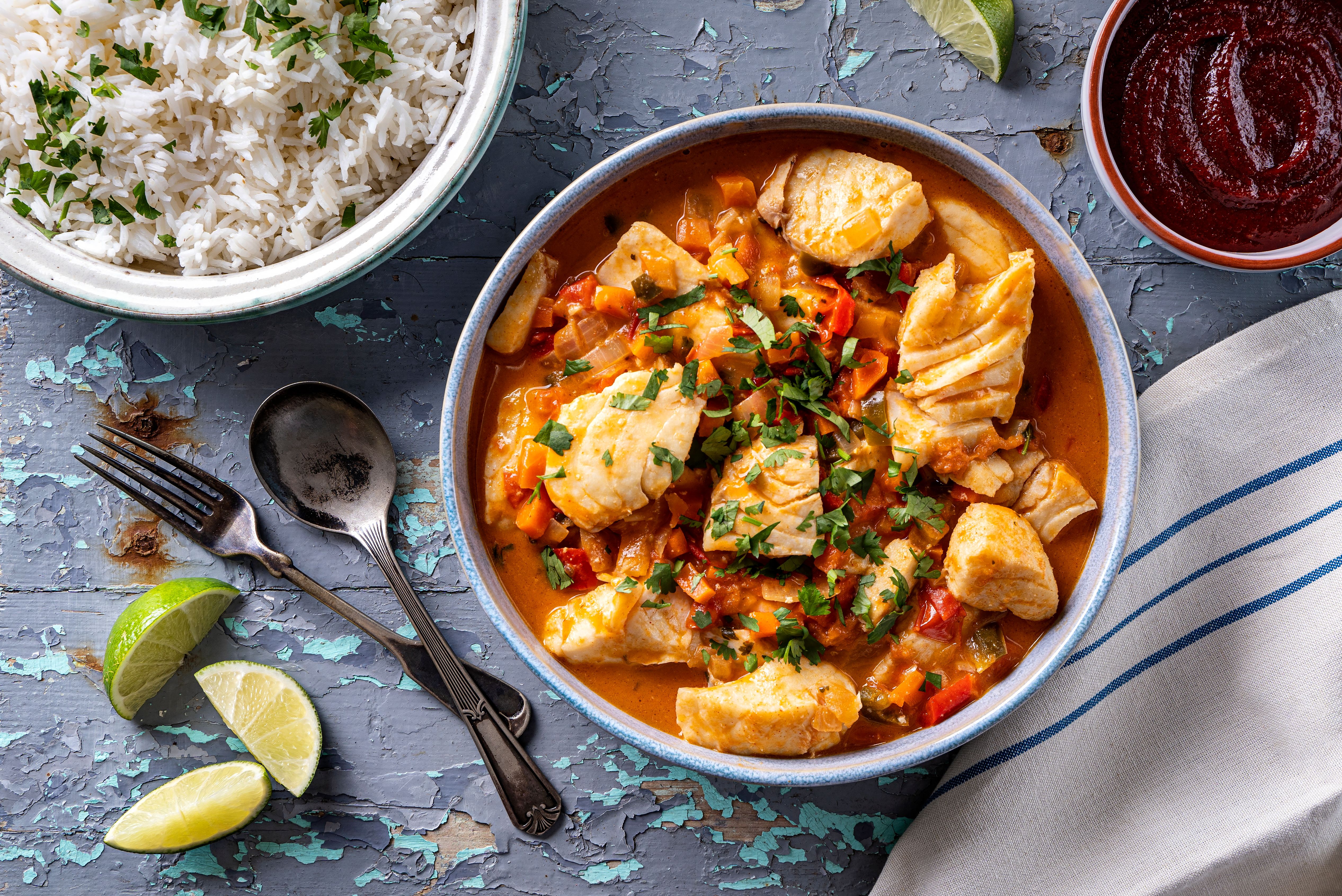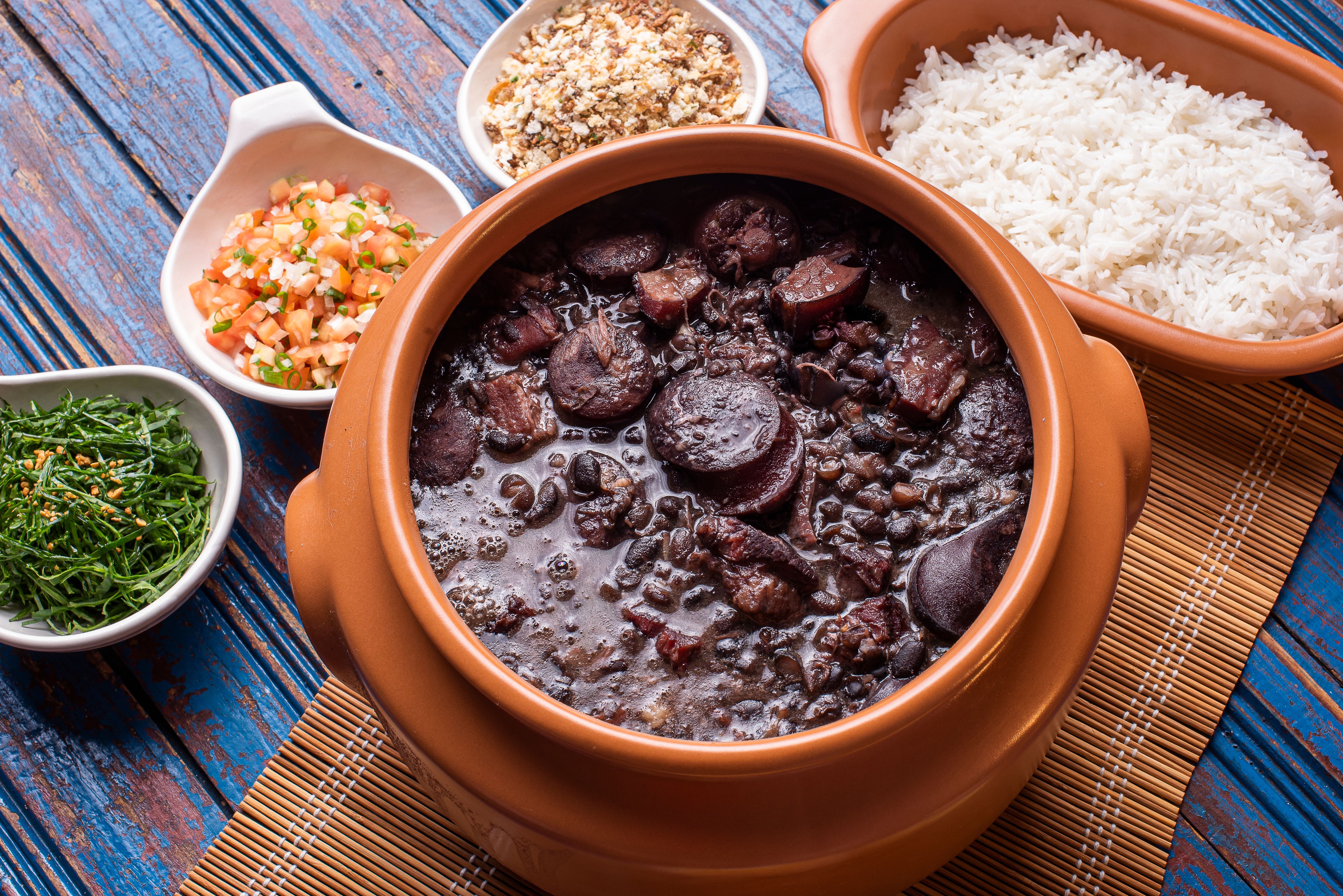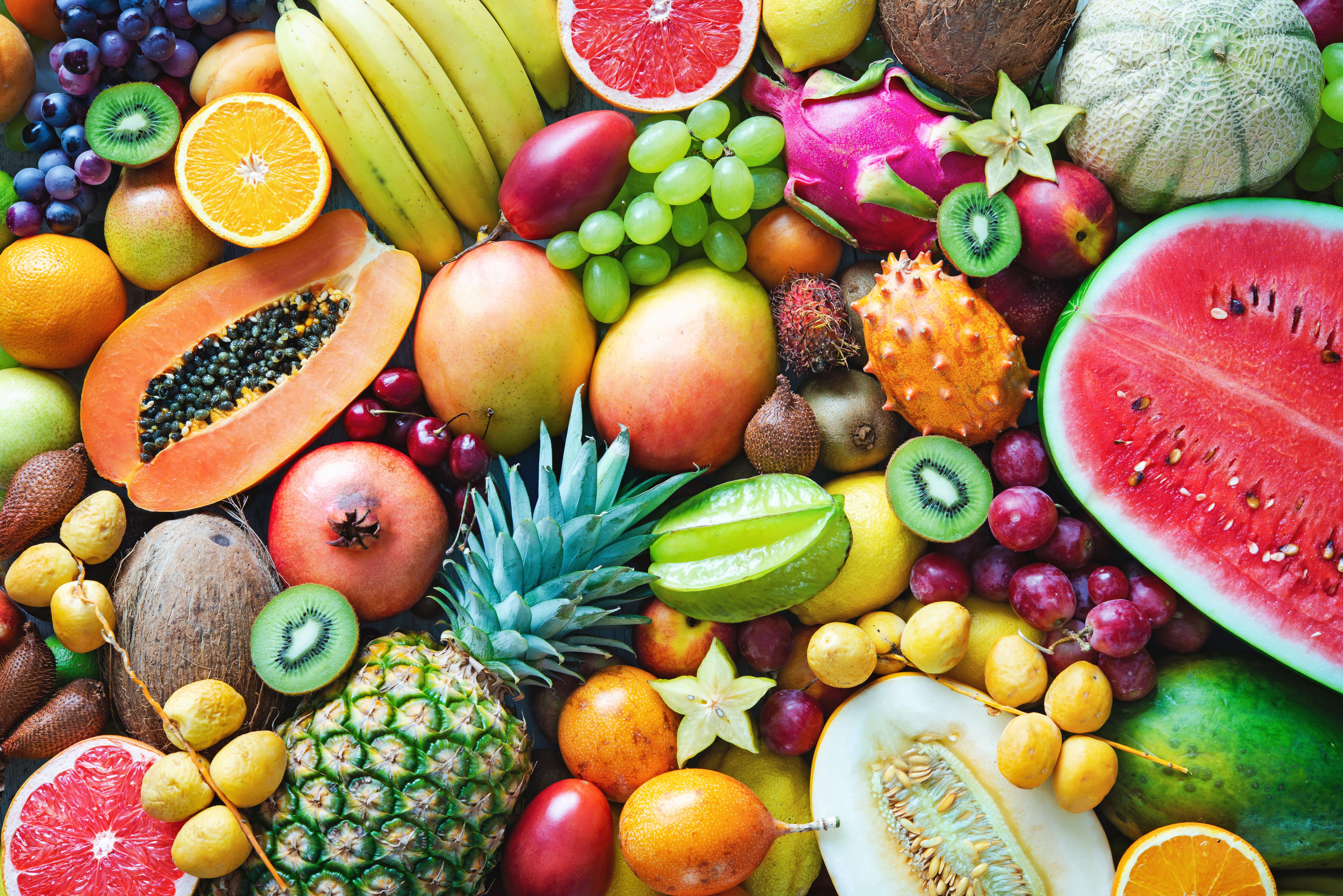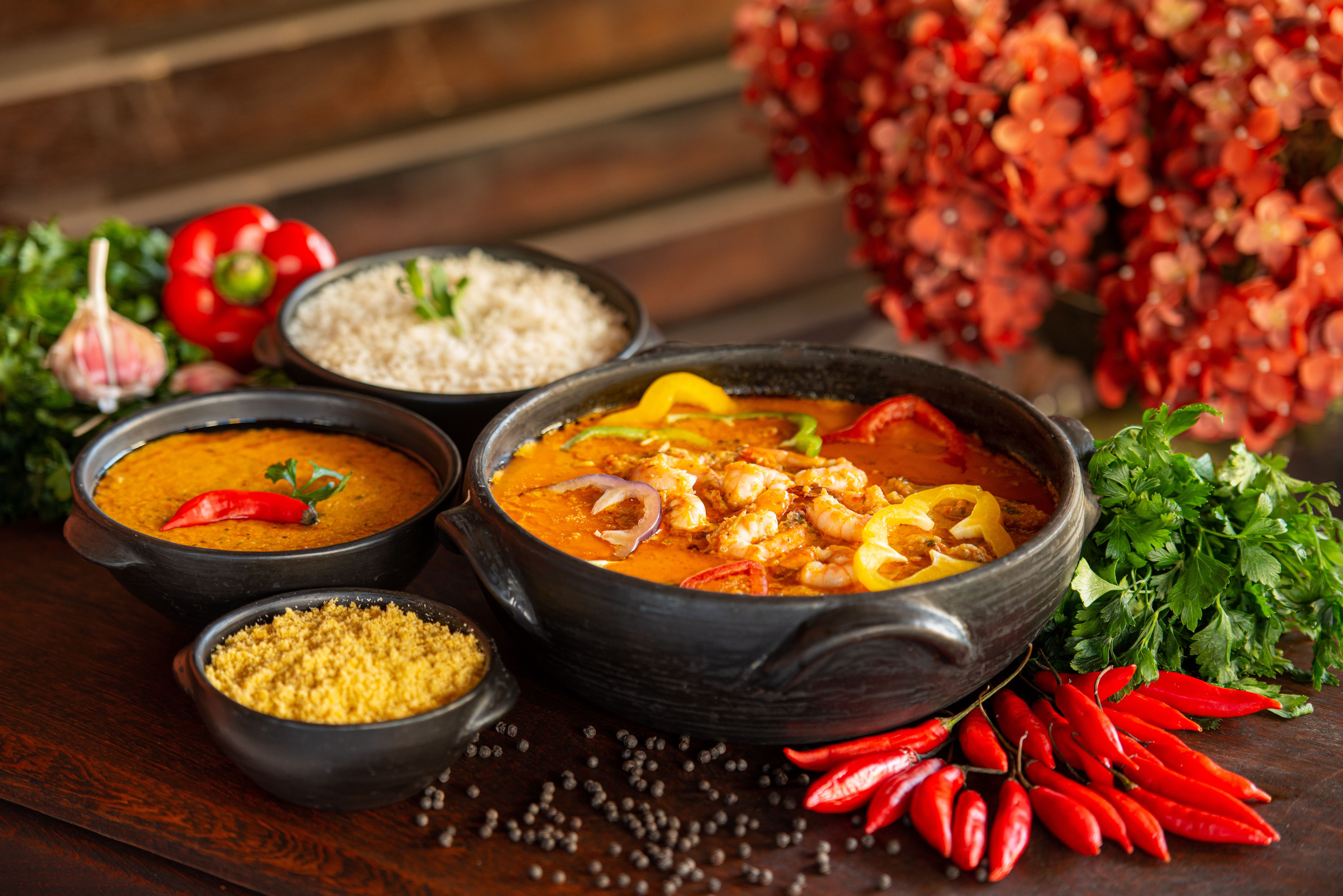Flavors of Brazilian Cuisine
The Rich Diversity of Brazilian Cuisine
Brazilian cuisine is a vibrant tapestry of flavors, reflecting the country's rich cultural diversity. From the indigenous people to Portuguese colonizers, African slaves, and various immigrant communities, each has contributed to the unique culinary landscape of Brazil. This fusion has resulted in a wide array of delectable dishes that vary significantly from one region to another.

Regional Variations
The vast geography of Brazil plays a significant role in the diversity of its cuisine. In the North, the Amazon Rainforest provides an abundance of exotic fruits, fish, and herbs. Dishes like tacacá and pato no tucupi are staples in this region. Meanwhile, the Northeast is known for its African-inspired dishes such as acarajé and moqueca, which are rich in spices and coconut milk.
Moving to the South, you'll find a strong European influence with dishes like churrasco, a Brazilian barbecue that is a must-try for meat lovers. The Southeast, home to cities like São Paulo and Rio de Janeiro, offers a cosmopolitan mix of flavors, including the famous feijoada, a hearty bean stew.
Popular Brazilian Dishes
When exploring Brazilian cuisine, some dishes stand out for their popularity and unique flavor profiles. Here are a few must-try Brazilian dishes:
- Feijoada: A black bean stew with pork, often considered the national dish of Brazil.
- Pão de queijo: Cheesy bread rolls that are a popular snack or breakfast item.
- Brigadeiro: A beloved chocolate truffle-like treat made with condensed milk and cocoa powder.

The Role of Ingredients
The ingredients used in Brazilian cuisine are as diverse as the country itself. Cassava, also known as manioc or yuca, is a staple across many dishes, providing a gluten-free alternative to wheat flour. Rice and beans are a ubiquitous combination, serving as a base for many meals. Fresh seafood is abundant in coastal areas, while tropical fruits like mango, papaya, and passion fruit are enjoyed nationwide.
A key element in Brazilian cooking is the use of spices and seasonings. Commonly used spices include cumin, coriander, and paprika, which add depth and flavor to many dishes. Additionally, fresh herbs like cilantro and parsley are often used to garnish and enhance the taste of meals.

The Influence of Street Food
Street food is an integral part of Brazilian culinary culture. Walking through bustling markets and street corners, you’ll encounter vendors selling everything from savory snacks to sweet treats. Popular street foods include coxinha, a deep-fried dough filled with chicken, and pastel, crispy pastries filled with various ingredients such as cheese or meat.
Açaí bowls, originally from the Amazon region, have gained international fame for their health benefits and delicious taste. These bowls are made from frozen açaí berries blended into a thick smoothie-like consistency and topped with an array of fruits and granola.
The Experience of Brazilian Dining
Dining in Brazil is more than just eating; it's a social experience. Meals are often shared with family and friends, accompanied by laughter and lively conversation. Whether you're enjoying a home-cooked meal or dining out at a traditional churrascaria, the emphasis is on enjoying good food and company.

Exploring Brazilian cuisine is an exciting journey that offers a glimpse into the country's diverse culture and history. With its wide range of flavors and dishes, Brazilian cuisine promises an unforgettable culinary experience for anyone willing to embark on this flavorful adventure.
Commercial Kitchen http://avice.org
